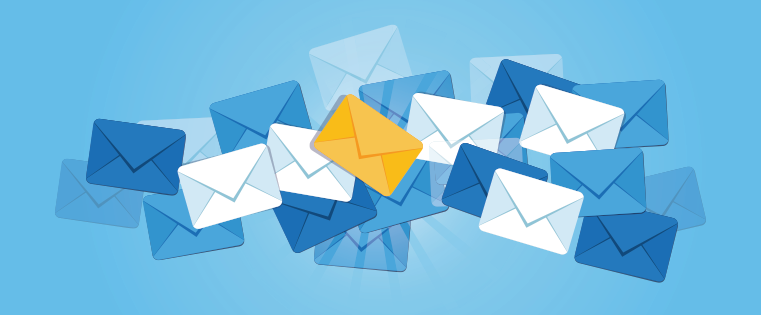In today’s digital age, email remains a ubiquitous and essential communication tool. Whether you’re corresponding with colleagues, clients, friends, or family, the ability to craft well-edited and effective emails is crucial. An email editor is your secret weapon for enhancing the clarity, professionalism, and impact of your messages. In this article, we will explore the importance of email editing and provide valuable tips and tools to help you become a proficient email editor.
The Significance of Email Editing:
Effective email communication goes beyond simply typing a message and hitting “send.” Poorly written or hastily composed emails can lead to misunderstandings, miscommunications, and even damage to your professional reputation. Here are some key reasons why email editing is essential:
Professionalism: Well-edited emails reflect positively on your professionalism and attention to detail, which can enhance your reputation in both personal and professional relationships.
Clarity: Editing helps ensure that your message is clear and easy to understand, reducing the risk of misinterpretation.
Tone: Careful editing allows you to refine the tone of your message, ensuring that it aligns with your intended message and avoids unintended offense.
Error Prevention: Editing helps catch grammar, spelling, and punctuation errors that can undermine your credibility.
Conciseness: Efficient editing can help you convey your message succinctly, respecting your recipients’ time and attention.
Tips for Effective Email Editing:
Now that we’ve established the importance of email editing, let’s explore some practical tips to help you become a more proficient email editor:
Proofread Carefully: Always proofread your emails before sending them. Pay close attention to grammar, spelling, punctuation, and formatting errors.
Avoid Jargon: Use clear and concise language, avoiding unnecessary jargon or technical terms that your recipient may not understand.
Be Concise: Get to the point quickly and keep your emails concise. Long-winded messages can be overwhelming and may be ignored.
Organize Your Thoughts: Structure your email with a clear introduction, body, and conclusion. Use paragraphs and bullet points to make the content more scannable.
Use a Professional Tone: Ensure your tone is appropriate for the recipient and the context of the email. Be polite, respectful, and professional.
Double-Check Attachments: If you’re including attachments, double-check that they are relevant and properly labeled.
Email Editing Tools:
To make the email editing process more efficient, consider using the following tools:
Spell Checkers: Most email clients offer built-in spell checkers to catch common spelling errors.
Grammarly: This popular writing assistant tool can help you identify and correct grammar and style issues in your emails.
Hemingway Editor: Hemingway Editor analyzes your text for readability and suggests improvements to make your writing more clear and concise.
ProWritingAid: This tool offers a wide range of writing analysis and editing features, including grammar, style, and readability checks.
Conclusion:
Email editing is a skill that can greatly enhance your communication effectiveness. By taking the time to proofread, organize your thoughts, and use the right tools, you can ensure that your emails are clear, professional, and impactful. In a world where email plays a pivotal role in both personal and professional spheres, becoming a proficient email editor is a valuable investment in your communication skills.
